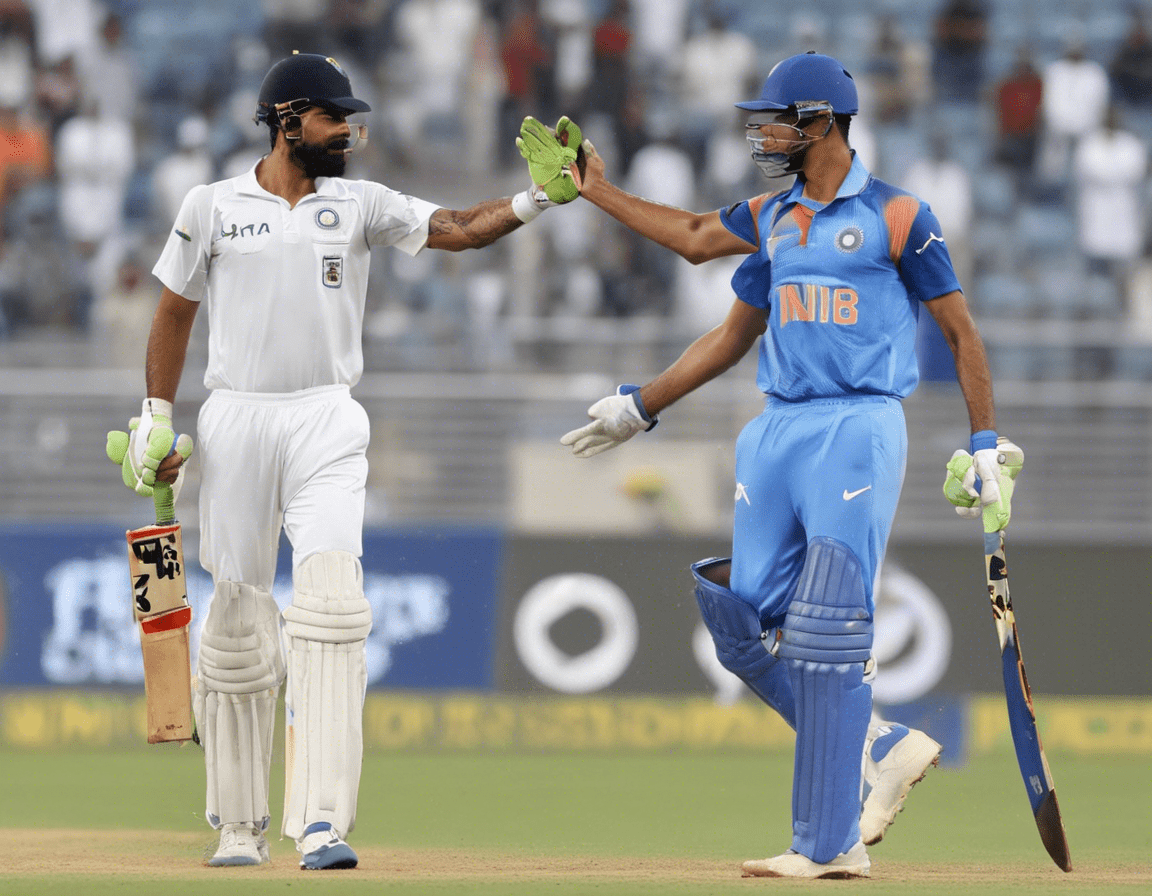Explore
Comparing Kuwait and India: Key Differences and Similarities

Introduction
Kuwait and India are two nations with diverse cultures, histories, and economies. Despite being located in different regions of the world and having distinct socio-political landscapes, both countries have unique strengths and challenges. In this article, we will explore the key differences and similarities between Kuwait and India.
Geography
Kuwait: Kuwait is a small country located in the Middle East, bordered by Iraq to the north and Saudi Arabia to the south. It has a total area of approximately 17,818 square kilometers, with a significant portion of its land covered by the Arabian Desert.
India: India, on the other hand, is a vast South Asian country, covering an area of about 3.287 million square kilometers. It shares its borders with several countries, including Pakistan, China, and Bangladesh. India’s landscape is diverse, ranging from the Himalayan mountains in the north to the coastal plains in the south.
Population
Kuwait: Kuwait has a relatively small population of approximately 4.5 million people, with a significant expatriate presence. The majority of the population consists of expatriates from various countries, particularly from South and Southeast Asia.
India: India is the second most populous country in the world, with over 1.3 billion people. It is a melting pot of cultures, languages, and religions, with a diverse population that includes Hindus, Muslims, Christians, Sikhs, and others.
Economy
Kuwait: Kuwait has a high-income economy, largely driven by its oil reserves. It is a major oil exporter and has one of the highest per capita incomes in the world. The government plays a significant role in the country’s economy, and efforts are being made to diversify into other sectors such as finance and tourism.
India: India has a mixed economy, with agriculture, manufacturing, and services sectors contributing to its GDP. It is one of the fastest-growing major economies in the world, with a large and growing middle class. India is known for its IT industry, pharmaceuticals, and textiles.
Culture
Kuwait: Kuwaiti culture is deeply rooted in Islamic traditions and Arab customs. Family values are important, and social gatherings often revolve around food, particularly dishes like machboos (a rice dish with meat) and gahwa (Arabic coffee). Traditional attire for men includes the dishdasha and agal, while women wear abayas and headscarves.
India: Indian culture is incredibly diverse, with each region having its own traditions, languages, and cuisines. Hinduism, Islam, Christianity, Sikhism, and other religions coexist peacefully in India. Indian cuisine is renowned for its spices and flavors, with dishes like biryani, dosa, and curry enjoyed across the country.
Government
Kuwait: Kuwait is a constitutional emirate with a parliamentary system of government. The ruling Al Sabah family holds significant power, and the Emir serves as the head of state. The Parliament, known as the National Assembly, consists of elected members who represent the interests of the people.
India: India is a federal parliamentary democratic republic. The President is the head of state, while the Prime Minister is the head of government. The country has a bicameral legislature, with the Lok Sabha (House of the People) and the Rajya Sabha (Council of States) representing the people at the national level.
Education
Kuwait: Education is highly valued in Kuwait, with free education provided at all levels by the government. Kuwait University is the country’s largest university, offering a wide range of programs in various disciplines. Private schools and universities also play a significant role in the education sector.
India: India has a vast education system, with a mix of government and private schools and universities. The Indian Institutes of Technology (IITs) and Indian Institutes of Management (IIMs) are prestigious institutions known for their quality education. The country also has a large number of universities offering diverse courses.
Healthcare
Kuwait: Kuwait has a comprehensive healthcare system that provides free or subsidized healthcare to its citizens. The Ministry of Health oversees healthcare services in the country, and there are public hospitals and clinics across Kuwait. Private healthcare facilities also exist, catering to those who prefer additional services.
India: India’s healthcare system is varied, with government-run hospitals, private clinics, and alternative medicine practitioners serving the population. Medical tourism is popular in India, with the country attracting patients from around the world for procedures ranging from heart surgery to Ayurvedic treatments.
Infrastructure
Kuwait: Kuwait has modern infrastructure, with well-maintained roads, airports, and public transportation systems. The country has invested in developing its infrastructure to support economic growth and attract foreign investment. High-rise buildings, shopping malls, and cultural centers are prominent features of Kuwait’s urban landscape.
India: India’s infrastructure varies widely across the country, with major cities like Mumbai and Delhi having modern amenities, while rural areas may lack basic facilities. The government has embarked on various infrastructure projects, including the development of smart cities, highways, and airports to improve connectivity and livability.
Conclusion
In conclusion, Kuwait and India are two countries with distinct characteristics and strengths. While Kuwait is a small, oil-rich nation in the Middle East, India is a vast, diverse country in South Asia. Despite their differences in size, population, and economy, both countries share a rich cultural heritage and a commitment to growth and development.
Frequently Asked Questions (FAQs)
1. Is Kuwait a safe country to visit?
– Answer: Yes, Kuwait is considered a safe country for visitors. The government has taken measures to ensure the safety and security of residents and tourists.
2. What are some popular tourist attractions in India?
– Answer: India is known for its diverse tourist attractions, including the Taj Mahal, Jaipur’s Amber Fort, Kerala’s backwaters, and Goa’s beaches.
3. How is the climate in Kuwait compared to India?
– Answer: Kuwait has a dry desert climate with hot summers and mild winters, while India has a varied climate ranging from tropical in the south to alpine in the north.
4. Can foreigners own property in Kuwait?
– Answer: Foreigners are not allowed to own property in Kuwait, but they can lease property for long periods.
5. What are the main industries in India besides IT?
– Answer: Apart from the IT industry, India has thriving sectors in agriculture, pharmaceuticals, textiles, automotive, and renewable energy.
6. How does the cuisine in Kuwait differ from Indian cuisine?
– Answer: Kuwaiti cuisine is influenced by Arab and Persian flavors, with dishes like kebabs, hummus, and falafel being popular. Indian cuisine is known for its use of spices and herbs, with dishes like curry, biryani, and samosas being staples.
7. What languages are spoken in Kuwait and India?
– Answer: Arabic is the official language of Kuwait, while Hindi and English are widely spoken in India. India has 22 officially recognized languages, including Bengali, Telugu, Marathi, Tamil, and Urdu.
8. How does the cost of living in Kuwait compare to India?
– Answer: The cost of living in Kuwait is generally higher than in India, particularly in terms of housing, groceries, and entertainment expenses.
9. Are there any similarities between Kuwaiti and Indian cultures?
– Answer: Both Kuwaiti and Indian cultures place a strong emphasis on family values, hospitality, and traditional celebrations. Both societies also have a rich culinary heritage and vibrant arts scenes.
10. How does the education system in Kuwait differ from that in India?
– Answer: The education system in Kuwait follows a centralized curriculum set by the Ministry of Education, while India’s education system is more decentralized, with states having more autonomy in setting educational standards and policies.









